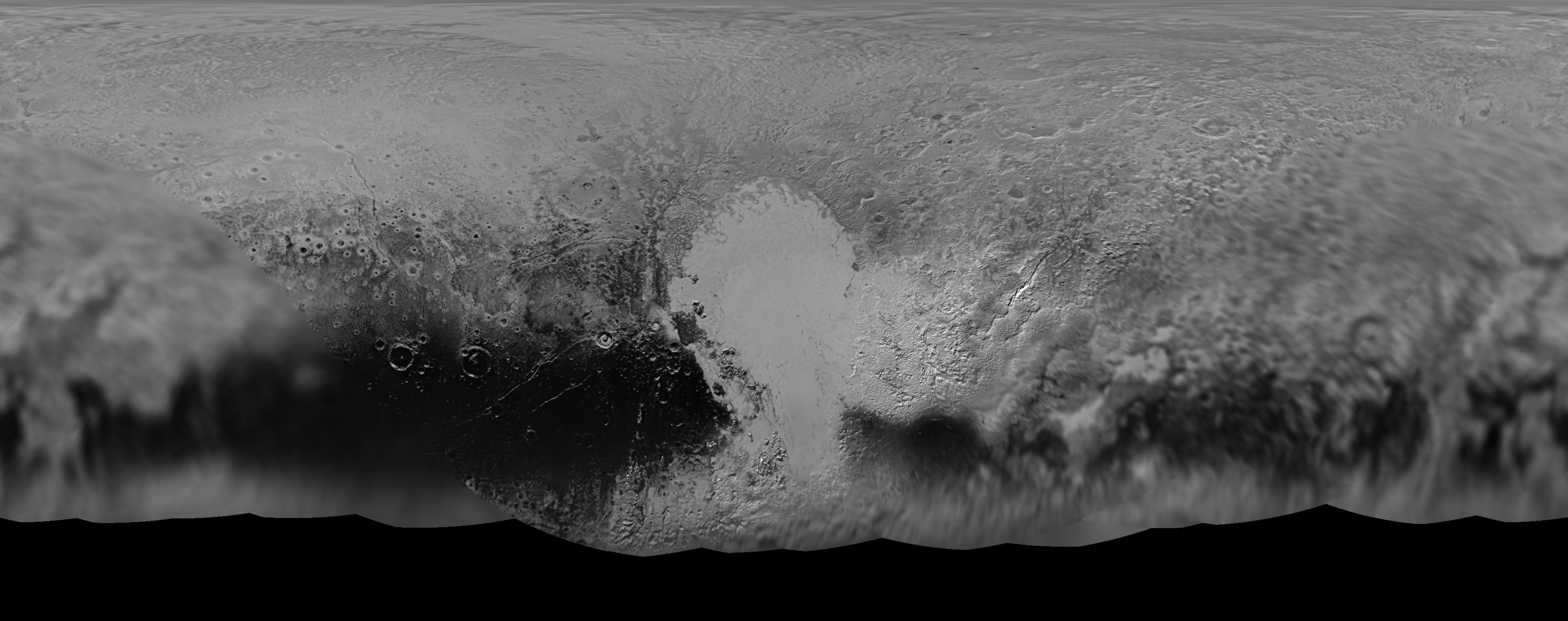In this series we are exploring the weird and wonderful world of astronomy jargon! You’ll finally have a place in the solar system after today’s topic: the planet!
In 2006 the International Astronomical Union finally got around to defining exactly what astronomers should mean when they say the world “planet.” In the process, Pluto got demoted, which was a major bummer to lots of people.
So here’s the official definition. If you want to be included in the list of planets, you need to pass three challenges:
- You must orbit around the Sun.
- You must have enough mass that your own gravity pulls you into an almost-round shape. This
- You must clear the neighborhood of your orbit, so that there are no objects the same size as you, and its your gravity – and nobody else’s – that dominates your orbit.
The first definition immediately disqualifies any moons. The second definition disqualifies all the smaller objects in the solar system, like asteroids and comets, because they’re not big enough to make themselves round. The third and final definition eliminates objects like Pluto and Ceres, which do indeed orbit and Sun and are rather roundish, but have too much other junk sharing their orbit.
With that definition in place, our solar system contains eight planets. There are the four rocky inner worlds, Mercury, Venus, Earth, and Mars. Then there are the four giant outer worlds, Jupiter, Saturn, Uranus, and finally Neptune.
Objects that satisfy the first two criteria, but not the last, are known as “dwarf planets”, although planetary scientists usually just refer to them as “planets” anyway.
Our solar system is not alone in hosting planets. To date, astronomers have identified thousands of objects orbiting other stars. But since they don’t orbit the Sun, they’re technically not planets – they are “extrasolar planets” or “exoplanets” for short.

